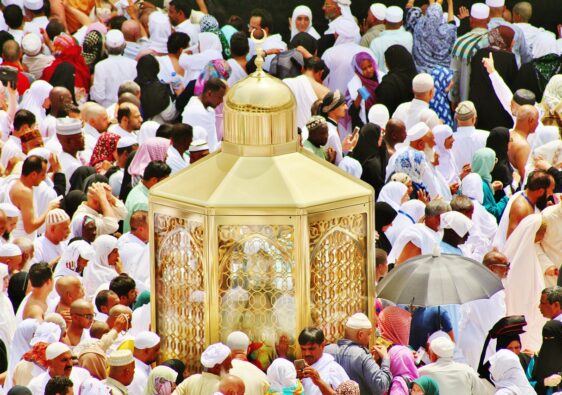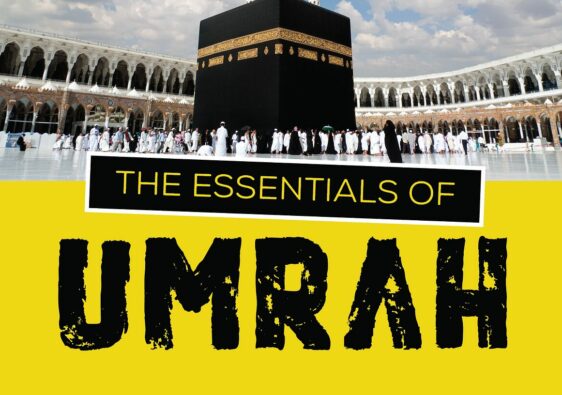In the Islamic tradition, Tawaf and Sa’i are revered practices performed during the Hajj and Umrah pilgrimages in Mecca. Tawaf entails the act of circumambulating the Kaaba, Islam’s most sacred site, while Sa’i involves traversing the distance between the hills of Safa and Marwa.
These rituals are deeply embedded in the faith of Muslims and are considered vital forms of worship. Nonetheless, there are exceptional circumstances where these practices may be paused or deferred. This discussion aims to delve into the possibilities of interruption in Tawaf and Sa’i, examine the guidelines governing these rites, offer insights for their observance, and address common inquiries.
Can Tawaf and Sa’i Be Paused? Both Tawaf and Sa’i are fundamental components of the Hajj and Umrah and are ideally conducted continuously. However, certain conditions may necessitate a temporary halt or delay.
In Case of Medical Emergencies: Should an individual become gravely ill or require urgent medical care during the Sa’i or Tawaf, it is permissible to stop the rituals to seek medical assistance.
Due to Safety Concerns: In the event of a safety hazard, such as a stampede or fire, interrupting Tawaf or Sa’i is allowed to protect the pilgrims’ safety. It is crucial to heed the directives of the authorities and relocate to a secure area.
The preservation of health and safety is prioritized above ritual performance.
For Women During Menstruation or Postnatal Bleeding: Women undergoing menstruation or postnatal bleeding are exempt from performing Tawaf until they are no longer in a state of impurity. Upon attaining purity, they may proceed with the rituals.
Other Legitimate Interruptions: In extraordinary situations like extreme weather, political turmoil, or other genuine impediments to performing Sa’i or Tawaf, pausing or postponing these rites until the hindrance is removed is acceptable.
Brief intermissions for rest, hydration, or locating a lost companion are also permissible.
Guidelines for Tawaf and Sa’i: For Tawaf: Pilgrims are to encircle the Kaaba seven times counterclockwise, engaging in prayer and supplication, maintaining a demeanor of respect and concentration.
For Sa’i Between Safa and Marwa: Sa’i requires walking between Safa and Marwa seven times, mirroring the actions of Hajar, Prophet Ibrahim’s (peace be upon him) wife. Pilgrims should endeavor to walk briskly and immerse themselves in prayer and the remembrance of Allah.
Prior to undertaking Tawaf and Sa’i, pilgrims must enter the state of Ihram, donning specific attire and adhering to particular prohibitions.
Advice for Tawaf and Sa’i: Ensure physical readiness and adequate rest before commencing Sa’i or Tawaf. Mental preparedness, fostering a spirit of devotion and spiritual attentiveness, is equally crucial.
Given the potential for dense crowds in Mecca, particularly during peak seasons, consider scheduling your Umrah for quieter periods to enhance the tranquility of your experience.
The climate in Mecca can be demanding; staying hydrated is essential. Carry water and wear light, airy garments for comfort during your Umrah.
Frequently Asked Questions:
Q1: Is it permissible to take a break during Tawaf or Sa’i for hydration or rest?
A1: Indeed, it is allowable to briefly halt Tawaf or Sa’i for water intake or rest, particularly when feeling fatigued or parched. It is, however, advisable to limit such interruptions to preserve the continuity of the worship.
Q2: What should be my course of action if I become disoriented during Tawaf or Sa’i?
A2: In the event of disorientation during these rituals, maintain composure and seek assistance from a guide or an official. Pre-acquainting yourself with the surroundings can reduce the likelihood of getting lost.
Concluding Thoughts:
Tawaf and Sa’i stand as pivotal devotional practices within the Hajj and Umrah pilgrimages, ideally carried out uninterrupted. Nonetheless, exigencies like health emergencies, security issues, menstrual cycles, or other legitimate causes might warrant a temporary cessation or deferral of these rites. Ensuring one’s health and safety is paramount during the performance of Sa’i and Tawaf.
With a thorough grasp of the regulations, proper preparation, and adherence to the provided advice, pilgrims can elevate their spiritual journey and execute these rites with earnestness and veneration. It’s important to remember that despite potential disruptions, the primary aim remains to complete the rituals to the fullest extent possible, seeking Allah’s grace and pardon.



